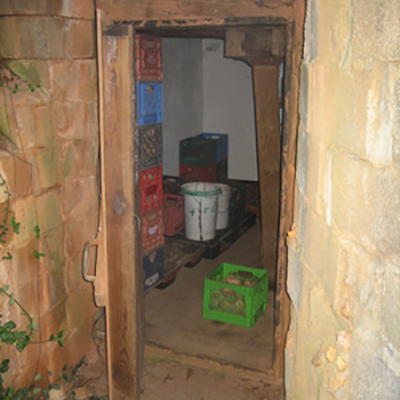Thanks to the local foods movement, many people want to buy locally grown vegetables long after the first frost, even after farmers markets close for the winter. In response, many market farmers are finding ways to sell produce throughout the winter. CSA winter shares, home delivery, and indoor winter markets are potential venues for cold-season sales.
Storage vegetables are an important component of winter marketing. More than a dozen types of vegetables can be held for 30 days or longer — some as long as six months — given appropriate conditions. Four factors contribute to storage life:
- Variety selection. In every vegetable category, some varieties are best for fresh eating, and some are best for storage. Pay attention to catalog descriptions when ordering seed and grow some varieties to use at harvest and others to hold and use throughout fall and winter. For example, among the cabbages, ‘Tendersweet’ is best for fresh eating; a variety like ‘Kaitlin’ is recommended for mid-term storage until December or January; and a variety like ‘Storage No. 4’ is recommended for long-term storage into spring.
- Quality. Only the very best vegetables should be put into storage. A damaged vegetable won’t hold up, and the injured tissue may produce ethylene that will spoil other items in the storage space. As you pack vegetables for storage, check each one for bruises, splits, insect damage or other signs of problems that will only get worse.
- Temperature. Some vegetables like cold storage, around 32°F/0°C but others are damaged by cold and should be kept warmer.
- Humidity. Vegetables, even those we think of as dry storage vegetables, need some moisture in the air to keep from getting dessicated.
The best storage conditions
The environmental conditions for storage vegetables fall into four categories: cold and moist, cold and dry, cool and moist, or cool and dry.
Here’s a chart summarizing which vegetables go in each type of storage:
Storage facilities
Commercial coolers are the first choice for long-term cold vegetable storage (below 50°F/10°C) because the temperature can be adjusted for the specific crops that are being stored. Coolers dehumidify the air, so it’s important to add moisture to the storage area regularly. This can be accomplished by spraying the cooler if it has a concrete floor and a drain, or by placing buckets or trays of water near the fans. Some growers put wet newspapers above crates of produce, or hang wet towels.
“Storing” in the field
Carrots, leeks and spinach can be stored in the ground and harvested throughout the winter as needed. They should be covered with hoops and row covers to keep them from freezing solid. Although it’s important to anchor the row cover securely to keep it from blowing off, think carefully about whether your anchoring system will allow access to the vegetables in the coldest weather. For example, it’s not a good idea to bury the edges of row cover in a climate where the soil freezes because you won’t be able to lift the row cover without tearing it. A better solution would be to hold down the row cover with bags of sand or rock, or even big rocks. T-posts or other poles laid along the edge of the row cover will work if the location is not extremely windy.

